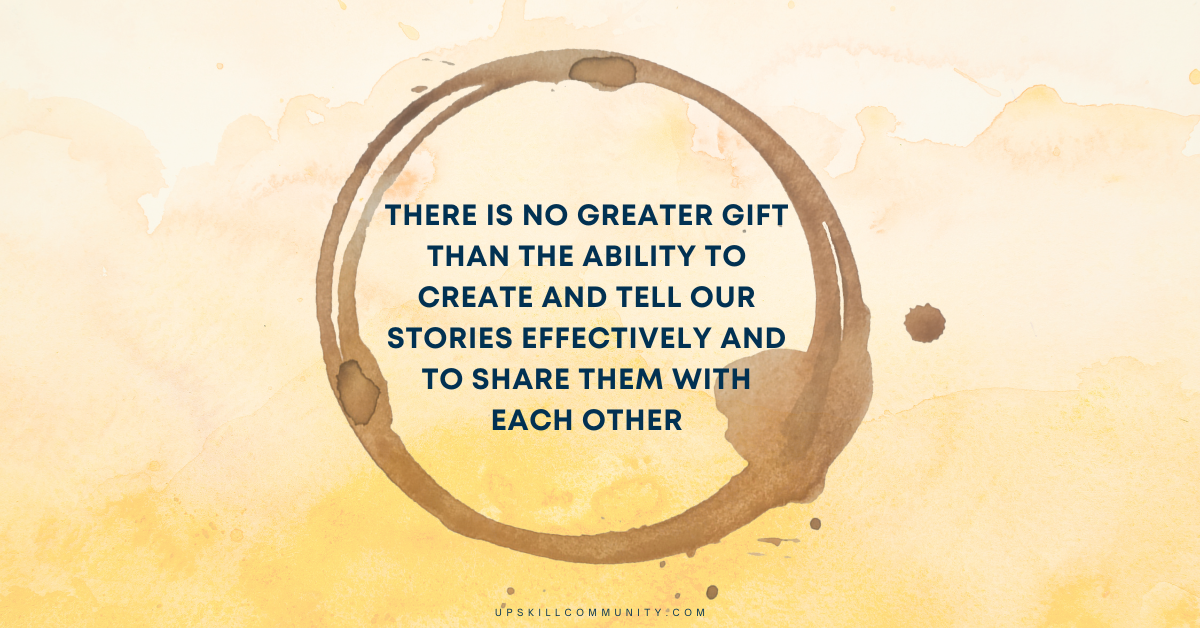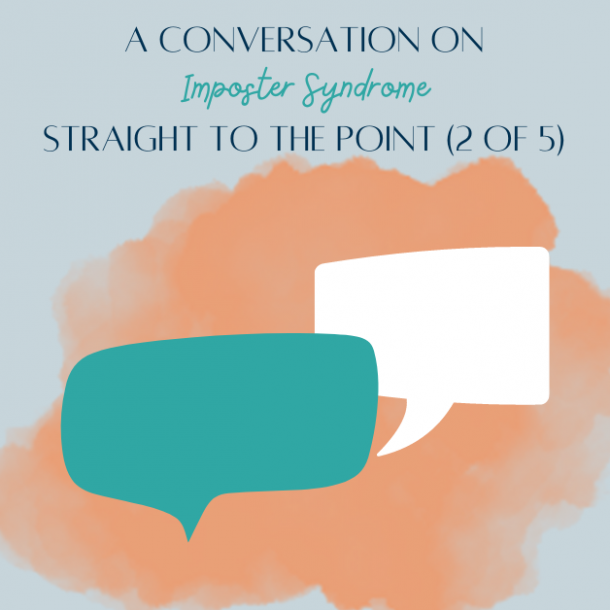UpSkill: How to Bring Your Audience on an Emotional Journey
For the past few weeks we have done a deep dive into storytelling. We have analyzed the different formats and the mechanics.
All that analysis has led us to a point where we realize we all want to make meaning out of our own lives.
Ultimately we all want to be able to get better to serve, to leave something behind, to transform, to have an impact.
The pathway that we take may be slightly different. That’s why we’re all here.
That’s why stories are critical tools for connecting us, for compassion, for empathy, for building quality relationships and for inspiring our humanity.

When you’re telling a story the most important consideration is not how compelling it is. It’s what’s the purpose of the story. The medium makes a big difference too. So if you’re doing a story for an Instagram reel it’s going to be limited by how long a reel can be.
If you’re going to do an Instagram story. For instance, last night when I presented at the graduation ceremony, I have five minutes to cover everything I need to cover.
And I’m sharing two or three stories, so it will determine how long the stories need to be.
The stories don’t need to be very long stories. For instance, last night I shared three stories in a five-minute speech.
It could be one story that needs more time to develop. Your story, your way.
This story that you’re telling here is the story of how your business came to be.
This story is a big deal. And it’s a big deal because it’s a story of how you transform trauma and sorrow, and the lemons that were thrown at you into lemonade.
The shorter the story, the more user-friendly it is, the more use it has. You can drop it into a reel, a video and include it in longer presentations.
And if it’s shorter people can remember it.
Every story must have a beginning, a middle and an end.
If you follow the work of J.K. Rowling, Harry Potter’s author, she says it needs to have a “trigger” a “transformation” and a “life lesson.”
So she uses a different framework from beginning, middle and end.
If you take a look at what Pixar does, Pixar uses a different framework.
It doesn’t matter the framework that works for you. And sometimes one framework is suitable for one situation and another framework for another situation. But if you notice the Pixar movies they follow a seven-step process.
“Once Upon a time…there was…things were going well until one day…because of that…Until finally…and ever since…”
And yes, the inciting incident, the trigger, the beginning. The story gets moving. How do you trigger the conflict situation we’re going to be exploring in the story.
So when we’re going to do the story practice, I just want to make sure you’re thoughtful, clear on your purpose, you make it emotional, make it real. And there are so many different emotions so we want to make sure we’re exploring the wide range of emotions and choosing the emotion that’s suitable for your story. Whether that’s joy, sorrow, happiness, delight. Whatever the story needs to convey.
Choose the appropriate emotion and don’t reduce your emotions to just a couple of the most popular ones. Choose the one that’s going to be needed for your particular situation.
But more than anything else, make sure that whatever you choose to share will allow people to connect.
The Dr. Seuss story “Green eggs and ham” brings a familiarity that the story breeds. All of us are familiar with that story and find ways to take the audience on a journey.
When you’re watching a movie the directors and creators and producers take you on a journey. The story’s so skillfully crafted. They know when they’re going to make you cry, they know when they’re going to make you excited. They know what they’ll make you experience as they walk you through that journey.
And you have to think about that for yourself, so keep it simple and weave in your value proposition.
We’re talking about business stories, we’re talking about stories that will help us gain value. Whether it’s in business, as professional, students or faculty. We’re talking about what value do we bring and how do we use stories to highlight those values.


